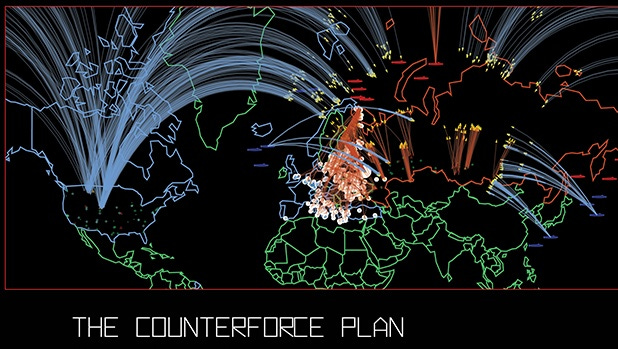Niels Bohr's horseshoe vs. WW3
Radical change, luck, chaos and mushroom clouds
“Prediction is very difficult, especially about the future.” Niels Bohr
Lame duck president Joe Biden approved Ukraine’s use of U.S. long range Army Tactical Missile System (ATACMS) weapons against Russia November 17th. The British government followed suit. These complex weapons systems cannot be launched without U.S. assistance on the ground in Ukraine. Biden’s authorization was a de facto declaration of direct war against Russia by the U.S., and by extension, its NATO allies.
Two days later, Nov. 19th, Ukraine fired six of the missiles into Russian territory.
Russia retaliated to the escalation Nov. 21st by hitting a Ukrainian military facility in the city of Dnipro with a nuclear capable ballistic missile with multiple warheads, known as “multiple independently targeted reentry vehicles,” or MIRVs. It is the first time since their development in the 1960s that MIRVs have been used to strike an enemy.
The New York Times reports, “Mr. Putin is intent on driving home the chilling message that America risks nuclear war as it expands its support for Kyiv.”
The Times also reports that by internal Kremlin political standards, Putin is a moderate. Hardliners in the Russian government and military are arguing forcefully for a stronger response.
The Future of Life Institute has created a video simulation illustrating the global impact of a nuclear exchange between the U.S. and Russia, with 5 million estimated fatalities from the explosions themselves and the nuclear winter that would follow. Any semblance of recovery would take decades if it were possible at all. It is also likely that nuclear armed allies on both sides would quickly join the conflict.
Click the image below to see a video simulation.
If nuclear war can be avoided in Ukraine, are there any viable solutions for minimizing or eliminating future risk?




